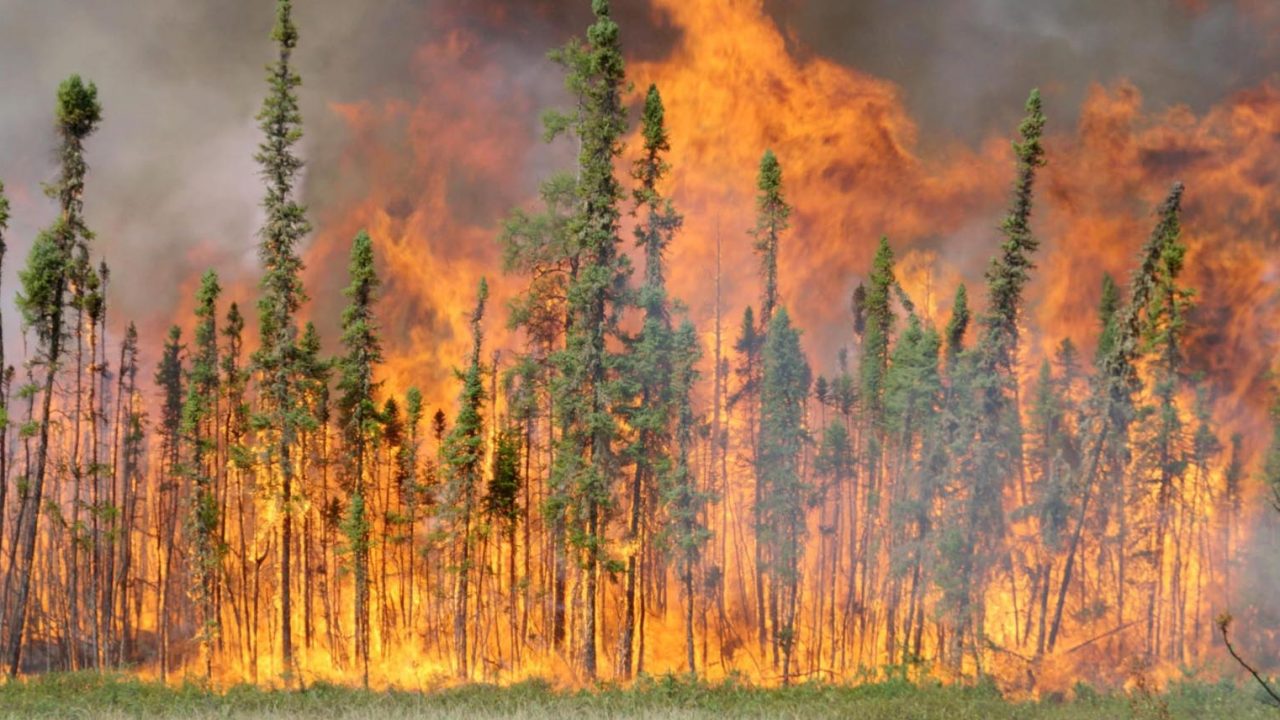
Mini-Lesson for Borealis
Mini-Lesson for Borealis
Mini-Lesson for Borealis
Themes:
- Geography – Environmental Issues
- Science – Life Systems/Ecology
- Social Studies – Environmental Issues
- Geography – Natural Resources
Ages: 15-17
Borealis, Kevin McMahon, provided by the National Film Board of Canada
Keywords/Topics: Borealis, Forests, Ecosystems
Overarching Question: With so many human and natural actions impacting the boreal forest, how does it continue to thrive?
Educational Synopsis: In his new feature documentary, Borealis, acclaimed director Kevin McMahon (Waterlife) travels deep into the heart of the boreal forest to explore the chorus of life in Canada’s iconic wilderness. How do trees move, communicate and survive the destructive forces of fire, insects and human encroachment? Borealis offers an immersive portrait of the life cycles of the forest from the perspective of the plants and animals that live there.
Activity 1 – Prediction
This activity is best completed before watching the clip. Fires occur often in the boreal forest, and they are not always started by people; many are natural in origin. These forests have been here for thousands of years and have experienced plenty of fires, and yet they still exist. So how does the forest regenerate? Get students to predict how a forest might start growing again after a fire.
Summary
The point of this prediction activity is to get students to start thinking about how nature continues to prevail even after an event like a forest fire. You could compare their predictions to actual events and have a classroom discussion. For deeper inquiry, have them think about other natural hazards they know about and how nature might recover afterwards. For example, how do some plants survive droughts?
Activity 2 – Mind Map
This activity can be completed before or after watching the clip, depending on how you want to frame the discussion. Students put the word “wood” (or “lumber”) at the centre of the map, and then think about where and how they use wood products in their daily lives. You could support them by giving them different categories to work with, like “home” or “school,” for example.
Alternatively, instead of words, students could use images.
Instead of a traditional mind map, they could use a tree and make the trunk the central concept, with words/images on the end of branches.
Summary
This part of the film does play with viewers’ emotions quite a bit, as it shows how forests are being destroyed for lumber. Students’ mind maps will show that we really do rely on trees a lot to provide resources for us. There are lots of follow-up activities that could be done here.
- What are the alternatives? Can we reduce our lumber usage? What can we do
differently? Are those options better or worse for the environment?
- Students can look at this Government of Canada fact sheet on deforestation.
- A discussion or lesson on renewable resources could be had here as well.
Activity 3 – Surprising-Interesting-Troubling
While this clip is a bit long, it looks at the impacts of climate change on the boreal forest. This activity is great because it allows students to express the things that stand out to them. Ask students to identify the following while watching the clip: one surprising fact or idea; one interesting fact or idea; one troubling fact or idea. Provide students with the opportunity to share and debrief their responses in pairs or during a class discussion. You can also collect the responses and use them to create lessons to support their learning.
Summary
The point of this activity is to allow students to share ideas that stand out to them as opposed to only focussing on the issues you want them to understand. This gives a student voice to your classroom discussion, which will make it more authentic.
Take Action
The boreal forest covers much of the northern hemisphere across all three continents and makes up about 28 percent of all of Canada’s land mass, but do we fully appreciate it? The film and these activities address many different issues related to the forest. Hopefully they’ve shown students how the forest creates and supports itself and the lives of animals; how we interact with it; and what the future of these forests may be, especially in light of climate change.
Students can create an infographic designed to teach Canadians about the importance of the boreal forest. It should:
- provide general information about the importance of the forest;
- address one key issue related to the forest;
- discuss a solution on how to fix the issue of deforestation;
- highlight why this issue should matter to them.
Brian Beard is a high school teacher at Colonel By Secondary School in Ottawa, Ontario. Brian is a member of the Ontario Association of Geographic and Environmental Education (OAGEE) executive council, serving as the Outreach project leader. He was a member of the 2019 OAGEE Ottawa Fall Conference organizing committee. In addition to teaching Ontario geography courses (including the Grade 9 course “Issues in Canadian Geography”) he is an IB geography teacher. In these courses, he supports students in looking at problems through various perspectives to understand the complexity of the issues. Brian challenges his students to think critically about their communities. He is passionate about field trips/studies, rich assessment tasks and developing liveable, active transportation-centric communities.
Pour lire cet article en français, cliquez ici.
Discover more Mini-Lessons | Watch educational films on NFB Education | Watch educational playlists on NFB Education | Follow NFB Education on Facebook | Follow NFB Education on Pinterest | Subscribe to the NFB Education Newsletter



